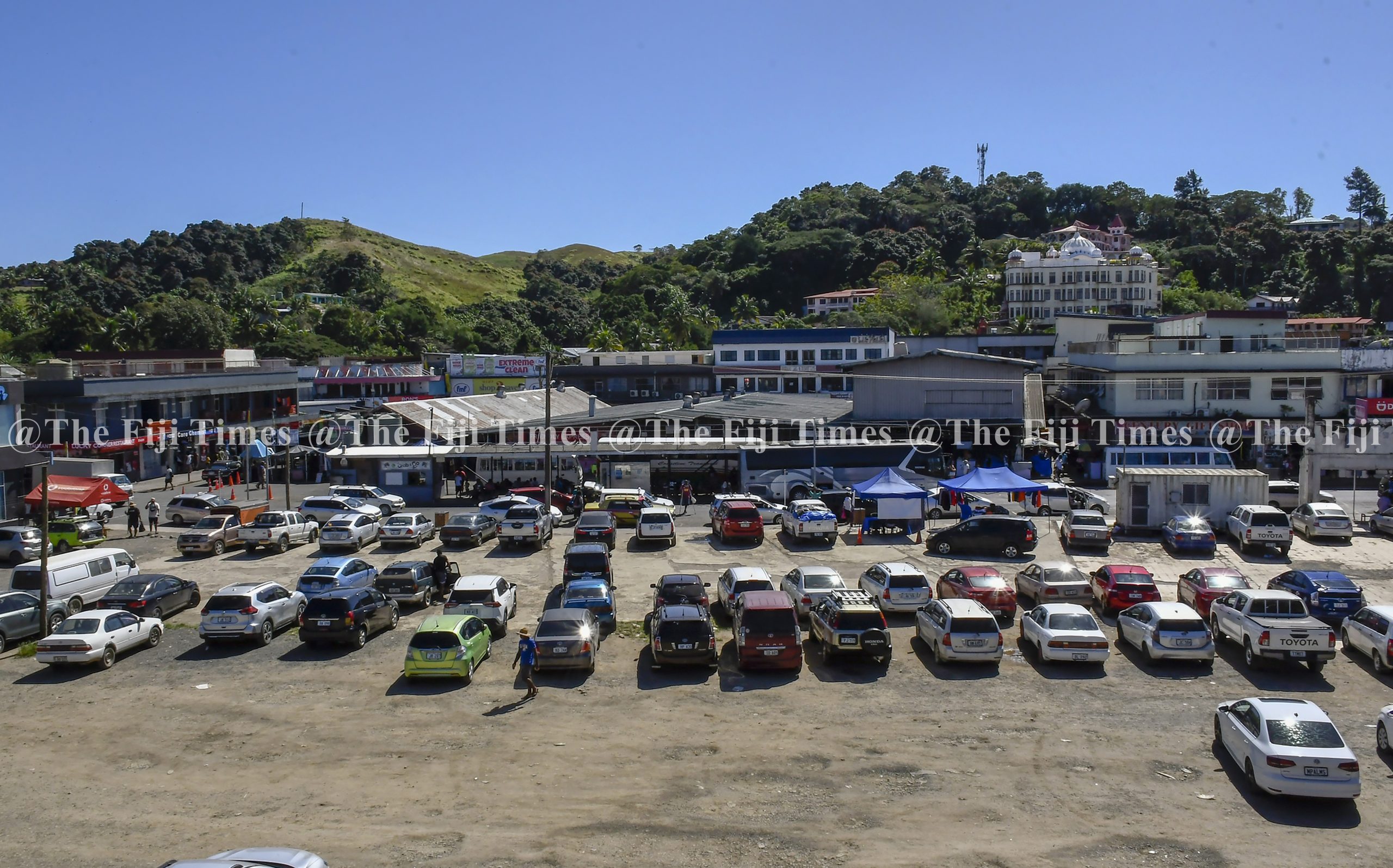It is good to know that the Water Authority of Fiji will commit $8.2million to replace old water mains supplying Sigatoka Town.
We learn that the town has been riddled with water issues for several years because of aging infrastructure. That’s according to WAF which has confirmed a permanent solution has been in the works over the past few months.
Now that’s great news. In fact, it’s what the people want to hear. What they don’t want to hear about is the continuing disruptions or water cuts. Now, after what has felt like an endless wait, the promise of a permanent solution is finally on the table.
According to WAF, the project will involve the installation of a new DN600 Ductile Iron Cement Lined (DICL) trunk main, stretching about 2 kilometres from Lawai Reservoir to the town. Progress is already well underway, with 80 percent of the pipeline laid. Once completed, the new infrastructure is expected to benefit around 5000 households, which translates to about 25,000 people, a signifi cant share of the local population.
This is the kind of investment and planning the people want to see. Tangible action. Real results. Not endless updates about why the taps are still dry. Now WAF says the upgrade will reduce service disruptions, resolve operational issues, and boost reliability in water supply.
It will also pave the way for future capital works aimed at expanding treatment capacity and improving storage infrastructure. That all sounds promising. But while we commend the work that has been done, it is important to also focus on the lived reality of residents, not just in Sigatoka, but across the country.
For too long, water woes have dominated headlines, complaints, and community forums. And for too long, these issues have been handled reactively, not proactively.
We should not be waiting until pipes burst, taps run dry, or community outrage reaches a boiling point before the alarm is sounded. What is happening right now in Sigatoka is welcomed. WAF notes the complex environment they are working in. Yet, these are not unique to Sigatoka.
That brings us to the bigger picture. Why do we continue to let our infrastructure decay until it’s on the brink of failure? Why are we always fixing, when we should be planning?
We hope there are regular system assessments and preventive upgrades?
It is no longer enough to promise action only after problems surface. Yes, Sigatoka’s water issue appears to be on its way to resolution, and that is to be celebrated. But for the thousands of Fijians elsewhere still waking up to dry taps and empty water tanks, the urgency remains.
And so must the pressure. Infrastructure challenges like these are not new. They don’t come out of nowhere. They build up, year after year, due to delays in investment, oversight, or maintenance.
So we can either build systems that anticipate and adapt or just react. People expect functioning water systems, properly maintained roads, consistent electricity, and responsive authorities.
Not just in Sigatoka, but in every town and settlement across the country.
There is no excuse for allowing basic services to deteriorate before acting!

